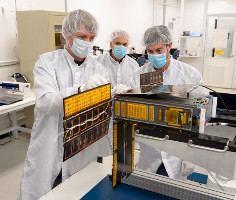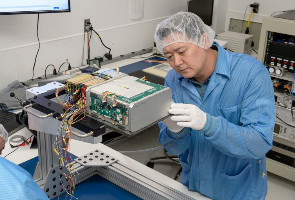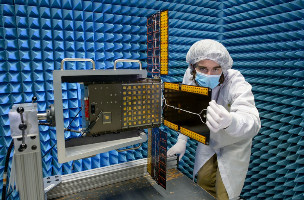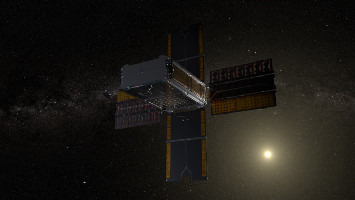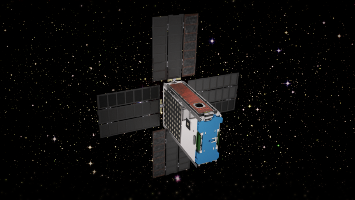| Satellite name | BioSentinel (BioSentinel-1) |
|---|---|
| Type | CubeSat |
| Units or mass | 6U |
| Status | Operational (4S 2024 paper) |
| Launched | 2022-11-16 |
| NORAD ID | ? (Not catalogued?) |
| Deployer | CSD (Canisterized Satellite Dispenser) [Planetary Systems Corporation] |
| Launcher | SLS (Space Launch System) (Artemis-1) |
| Organization | NASA Ames Research Center |
| Institution | Space agency |
| Entity type | Government (Civil / Military) |
| Country | US |
| Partners | NASA Johnson Space Center, Loma Linda University Medical Center, University of Saskatchewan, Canada |
| Oneliner |
Developing deep space CubeSat technologies and radiation biosensor to gauge DNA damage and repair beyond LEO. |
| Description |
|
| Results | |
| Notes |
One of 13 SLS 6U Interplanetary or Lunar CubeSats. Three identical payloads. In addition to the SLS cubesat, one is for the international space station and the other would remain on the ground. |
| Sources | [1] [2] [3] [4] [5] [6] [7] [8] [9] |
| Photo sources | [1] [2] [3] [4] [5] [6] |
| COTS subsystems |
|
| Subsystems sources | [1] |
| Keywords | Propulsion, Beyond Earth orbit |
| On the same launch |
Last modified: 2024-12-15
